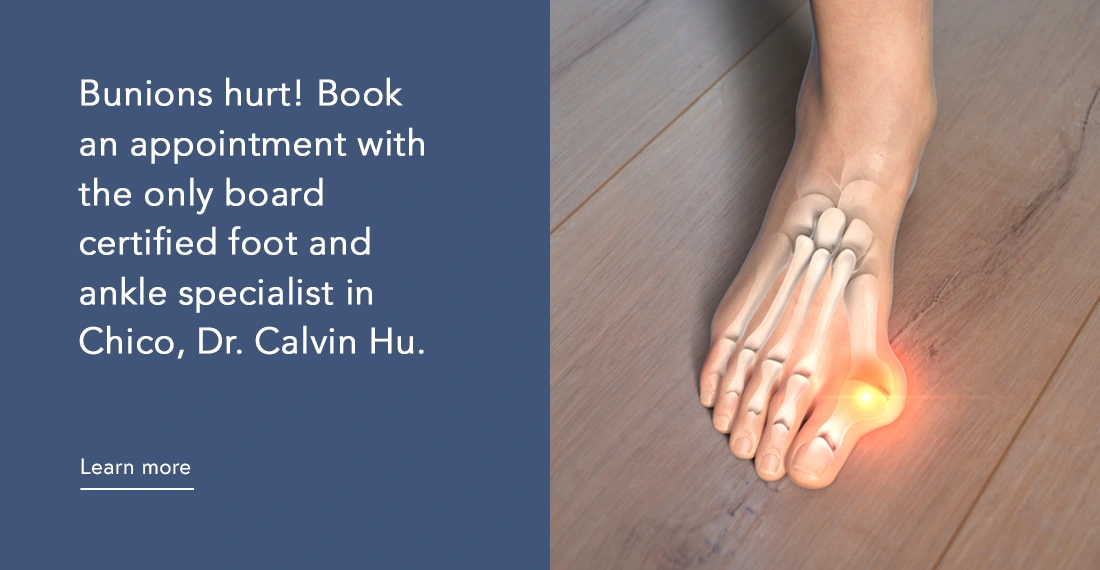Ankle Fractures (Broken Ankle) Treatment
Ankle fractures are common accounting for about five million ER visit in the US in 2018. They are varied and complex. Classification of an ankle fracture is important when deciding on the best treatment. Treatment depends on the careful identification of bone, soft tissue and ligament damage. AT OANC, your orthopedic surgeon will conduct a complete assessment of the injury and determine the type of fracture and the best option how to restore the ankle function
What are the treatment options?
Treatment options depend on the type, location and severity of fracture and any associated soft tissue injuries, your health, age and activity level. The fracture is described as a uni-, bi- or trimalleolar fracture. The most common types of ankle fracture involve a lateral malleolus fracture and a bimalleolar fracture that breaks both the fibula and the tibia. When two or three parts of the malleoli of the ankle are broken, the ankle is unstable, and surgery is necessary.
- Nonsurgical treatment may be an option when the break is minor, the bones are in alignment, and the ankle is stable. However, if the bone has moved out of place and can be put back in to position – a procedure called closed reduction nonsurgical treatment may be sufficient. The goal is to protect the fractured bone while it heals. Protection may include a splint, cast or removable brace and crutches to prevent weight bearing during healing. Repeated ankle x-rays will be needed to assure bone fragments have not moved out of place. Healing of a broken bone generally takes 6 weeks.
- Surgery will be recommended when the break is serious and cannot heal without surgery. Criteria for surgery include an unstable ankle, the bones are out of alignment and need open reduction, and when the break involves the joint. Surgery may also be recommended following a closed reduction and nonsurgical treatment that failed to properly heal.
The goal of surgery is anatomical reconstruction of the joint and protection of any injured ligaments to allow for postsurgical rehabilitation. Surgery is often delayed until swelling has reduced to enhance wound healing.
The surgical procedure is called an open reduction with internal fixation. During surgery the surgeon will reposition the bone into normal alignment and hold the repair together with screws and plates or rods until healed. If ligaments are damaged, they will be repaired during surgery.
Recovery
After surgery, rehabilitation is essential to restore strength and mobility. After surgery you will find your leg is splinted or in a cast. Pain will be managed with oral medications that reduce the need for the use of opioids. You will use a knee scooter or crutches. Weight bearing activity will be prohibited for 4-6 weeks after surgery. Sutures will be removed after two weeks and you will go to a removable boot. After about six weeks, you will be able to begin rehabilitation.
Initial healing may be complete within 3-4 months, but it can take up to 2 years for an ankle fracture to heal. Wearing an ankle brace after healing can help prevent future injury during daily activities.





